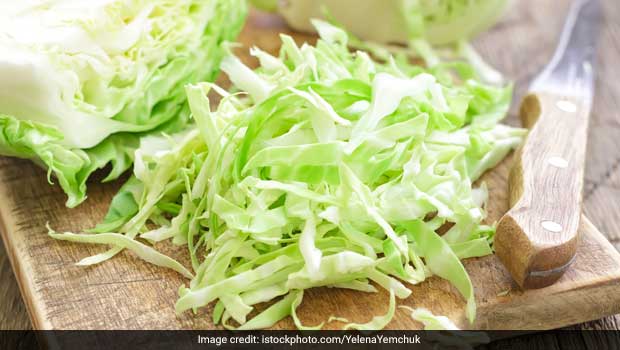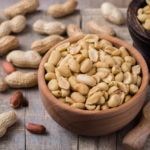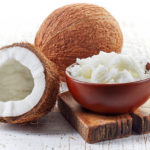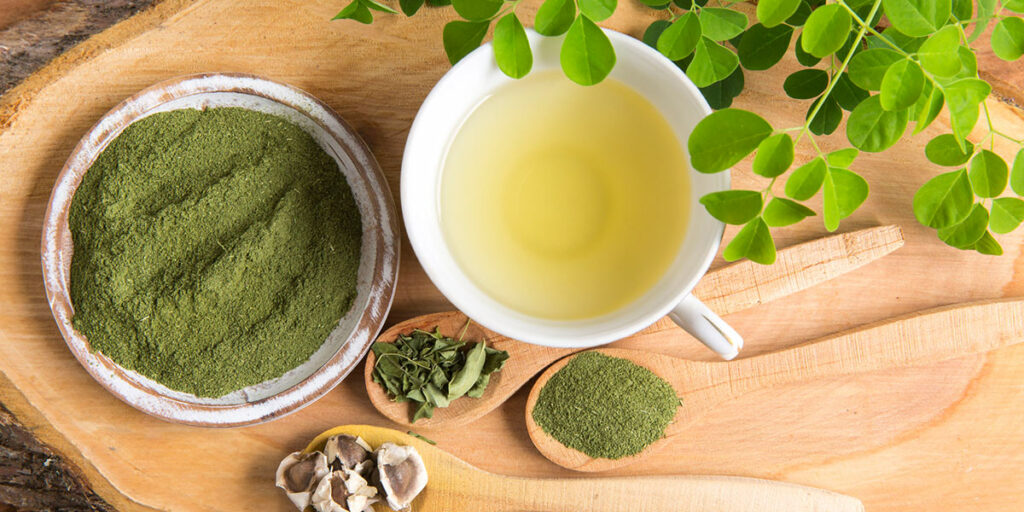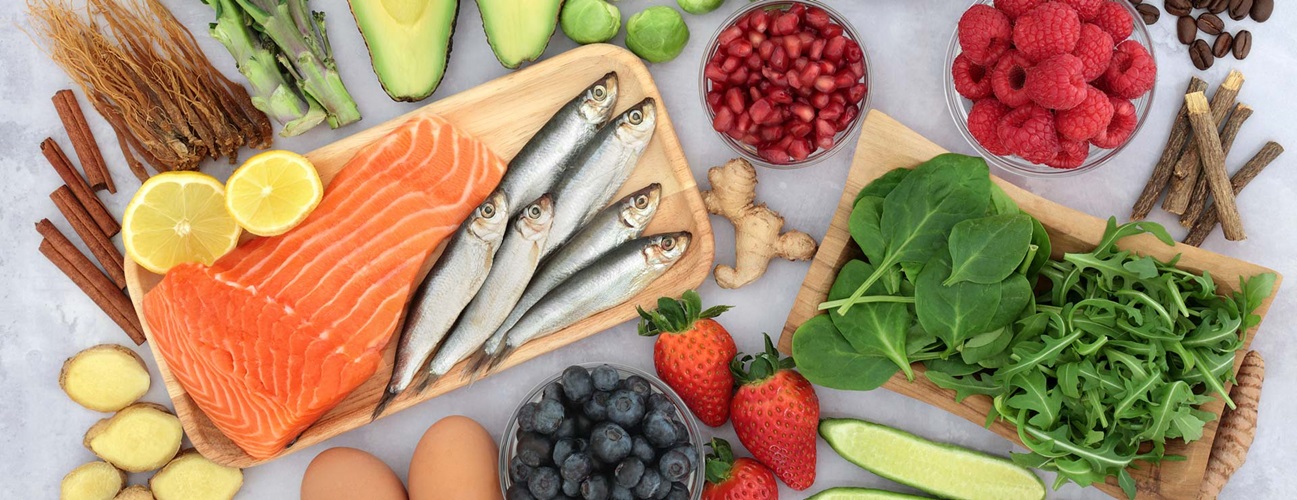Health Benefits of Eating Cabbage
Let’s get started by telling you that one of the benefits of eating cabbage is that fermented cabbage is quite an effective blood purifier which is recommended for inclusion in the diets of individuals who are obese and diabetic.
In spite of the colors which come in different variety and shapes of different cabbages, all of them hold the same number of chromosome in their cells and they also reproduce among themselves by means of cross-pollination.
Other names:
French: Chou
Spanish: Col
German: Kohl
Cabbages are described as leaves of different varieties of the species ‘Brassica oleracea’ L., an herbaceous plant which is actually multi-annual or biannual belonging to the botanical family Cruciferae. Cabbage is native to the coastal regions of Central and southern Europe.
It can do well in cold climates and its cultivation has spread throughout the entire five continents.
The head of cabbage is more or less cluster of leaves that are somewhat spherical. Most types of cabbage are heads while some are inflorescences such as broccoli and cauliflower. White cabbage is also considered as a head cabbage.
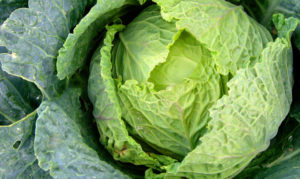
Cabbage was a very important food in Greco-Roman period and the Greek discovered the medicinal values and the benefits of eating cabbage. Hippocrates, Dioscorides and Galen adorned the therapeutic effects.
Regardless of all these, it was still regarded as food of the poor. However, this view of cabbage which seemed rather insulting changed some decades ago immediately it was discovered that cabbage has anticarcinogenic potentials.
That is to say cabbage contains important substance which is capable of halting the formation of malignant tumors and even able to stop their development.
Therefore, we should consider cabbage as one of the best plant-based foods because benefits of eating cabbage don’t just stop at the fact it can help prevent the formation of malignant tumors or their growth. Cabbages have other dietary, medicinal and therapeutic properties such as the ones described below.
SEE ALSO: LEMON WATER BENEFITS
Types of Cabbage
The following are the varieties of cabbage or the cabbage family
- Collard
- Brussels sprout
- White cabbage
- Cauliflower
- Broccoli
- Chinese cabbage
- Red cabbage
- Kohirabi
- Savoy cabbage
Cabbage Composition
100 grams of edible cabbage has the following composition
Protein = 1.44 g
Carbohydrates = 3.13 g
Energy = 25.0 kcal = 105 kj
Fiber = 2.30 g
Vitamin A = 13.0 μg RE
Vitamin B1 = 0.050 mg
Vitamin B2 = 0.040 mg
Vitamin B6 = 0.960 mg
Niacin = 0.550 mg NE
Vitamin B12 = _____
Vitamin C = 32.2 mg
Vitamin E = 0.105 mg ∝-TE
Folate = 43.0 μg
Calcium = 47.0 mg
Magnesium = 15.0 mg
Phosphorus = 23.0 mg
Iron = 0.590 mg
Potassium = 246 mg
Zinc = 0.180 mg
Saturated Fat = 0.033 g
Total Fat = 0.270 g
Cholesterol = ____
Sodium = 18.0 mg
The above information is based on percentage (%) daily value which is also based on 2,000 calorie diet and provided by 100 grams of cabbage.
Percentage (%) composition of cabbage
Fiber = 2.30%
Carbohydrates = 3.13%
Minerals = 0.710%
Fat = 0.270%
Protein = 1.44%
Water = 92.2%
YOU MAY LIKE: Benefits of Blackcurrant
Properties and Indications of Cabbage
The leaves of cabbage hold enormous variety of nutrients which include the following:
- Vitamins
- Fats
- Proteins
- Carbohydrates
- Minerals and other trace elements
- Vegetable fiber
- Phytochemicals
Vitamins
Cabbages are rich in vitamins, particularly provitamin A (beta-carotene) and also vitamin C. Cabbages also contain some significant amounts of Vitamin B, E and vitamin K. However, the amount of provitamin A varies among varieties and the greener the cabbage leaves the greater the amount it contains.
Fat or Lipids
The presence of lipids or fats are not that great, they are somewhat minimal and almost appear nonexistent. Among the types of cabbage, only Brussels sprout reach about 0.3% while other types of cabbage vary between 0.1% and 0.2% with regards to their weight.
Benefits of eating cabbage here favor mostly those that are suffering from obesity or coronary disease. This makes it an appropriate food for them.
Proteins
The amount or the presence of proteins varies between 3.39% and 1.3% in Brussels sprout and red cabbage respectively. When it comes to the case of vegetable proteins, the proteins contained in cabbages is likely to be incomplete.
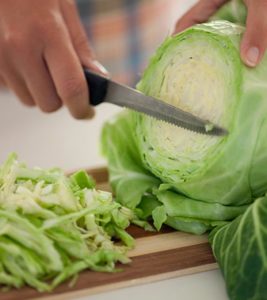
This is because they do not contain every amino acids which always comes in their proper proportions.
However, if you must utilize this protein, try combining it with other vegetable proteins such as those in legumes or whole grains. Then they’ll become complete and also high in quality. Therefore, to maximize the benefits of eating cabbage, try to combine it with other vegetable proteins.
READ ALSO: Benefits of Chestnuts
Carbohydrates
Most of the carbohydrates in cabbages come between 3% and 5%. Brussels sprout are the type of cabbage or the variety with the highest proteins and carbohydrates.
Minerals and trace elements
All varieties of cabbage are quite rich in potassium and quite low in sodium content which is why, amongst individuals suffering from high blood pressure, benefits of eating cabbage are quite worth to discuss and consider it as an ideal for such condition.
Those with problem of fluid retention or edema will benefit from eating cabbage. There are also significant amounts of phosphorus, calcium, iron and magnesium and so many other trace elements such as sulfur.
They are good source of calcium and also have the ease to be absorbed. Studies find that human body is good at absorbing calcium in cabbage better that the calcium in milk.
Vegetable Fiber
All varieties of cabbage are quite rich in cellulose vegetable fiber. This makes them laxative with which to facilitate passage via the intestine. People who have the tendency to formation of intestinal gas always have the experience of flatulence after consuming cabbage.
Phytochemicals
These substances play a major role in human body and it offers great benefits too. This is because the phytochemicals found in cabbage are capable of preventing the growth or formation of cancer cells and one of the most important among them is the effect of being anticarcinogenic.
As recently discovered, this aspect of the substances found is capable of preventing or treating diabetes or ulcers. It may even hold some antibiotic properties.
FIND OUT: Health benefits of Chicory
Medicinal Application of Cabbage and Benefits
The following below are some medicinal applications:
- Stomach Disorders
- Intestinal Disorders
- Gastroduodenal ulcer
- Intestinal Parasites
- Diabetes
- Cardiovascular Disorders
- Obesity
- Osteoporosis
- Scurvy
- Cancer
Stomach Disorder
Some few spoonful of cabbage if consumed on an empty stomach seven to ten minutes before eating anything are good enough to relieve inflammation of the stomach after some few days.
Intestinal Disorder
Because of the presence of cellulose fiber, cabbage hold mild laxative effects and also facilitate regulating effects on the intestine. In cases of diverticulosis and constipation, it is quite applicable and this is one of the benefits of eating cabbage.
Some substances found in cabbage are somewhat sulfurated and thus act as antibiotic.
In cases of infectious diseases in the intestine, the presence of this sulfurated substances help rebalance the bacterial flora.
One of the benefits here is that, with a glass four times on a daily, it can be used to treat colitis and bacterial imbalance within the intestine. We can see that eating cabbage comes with many benefits.
Gastroduodenal Ulcer
It has been known for generations that the application of the cabbage leaves on the skin has proven some few healing properties. According to experiment carried out by Doctor Ernest Schneider at Stanford University, displayed cabbage juice healing effects on gastric ulcer as well as duodenal ulcer.
The healing effects on the patients who drank a glass of cabbage juice four times daily was reduced to two weeks.
Intestinal Parasites
Cabbage juice drank on an empty stomach has been useful as vermifuge to alleviate parasites of the intestine. Every day for five consecutive days, one should drink a glass before meal.
Diabetes
Another benefits of eating cabbage is that it is quite good for individuals suffering from diabetes. This is due to its low carbohydrate content and its richness in minerals and vitamins.
According to Dr. Schneider, the medicinal effects or its healing effect on diabetes is due to the substance found in it which is quite similar to insulin, bringing the blood glucose level down. It is therefore recommended for diabetics.
Cardiovascular Disorders
In general, cabbages are low in sodium and quite high in potassium. For its diuretic effect, cabbage is good for those suffering from coronary heart disease, arteriosclerosis and hypertension.
Benefits of eating cabbage also lie in its ability to regenerate arterial wall. This is due to its antioxidant content (Vitamin A, C & E).
Obesity
Apart from Brussels sprout, the other varieties of cabbage provide few calories which is about 20 – 40 kcal per 100 grams. Cabbage is useful for fighting obesity because its vitamin and mineral contents. It should be considered or be added for all weight loss diets, according to farmersalmanac.com.
Osteoporosis
This is because of its calcium content which is almost half that of milk and the calcium is easily absorbed in the body. To maximize benefits of eating cabbage, it should be considered for those with cases of decalcification and osteoporosis and others conditions seeking the need for calcium.
Scurvy
Vitamin C content of cabbage is almost similar to that of orange, about 53 mg per 100 grams and this has given this vegetable the ability to fight against scurvy.
According to studies, regular consumption of cabbage is useful in preventing or halting the formation of cancers. Some of the substances found in cabbage which are responsible for anticarcinogenic effect are as follows; indoles, sulfurated glucosides, sulfoxides and all grouped under phytochemicals. They all prevent the growth of cancer.
Other Benefits of Eating Cabbage

Other benefits of eating cabbage which come from sauerkraut of fermented cabbage are seen below:
- Prevention of pyrosis in the stomach due to the fact it halts the excess acid production
- Relieves constipation
- Facilitates evacuation due to its high fiber content
- Promotes the alleviation toxic substances
- Provides good amount of vitamin C
- Sauerkraut helps in improving the function of the intestine and stomach
- Fermented cabbage is a blood purifier
Preparation and Use of Cabbage
Fresh Juice
This can be prepared in the blender. On an empty stomach, take two (2) to three (3) to a glass before eating anything. This should be done four times daily.
Cooked
To protect its medicinal properties from escaping, it is should be cooked carefully. This is sulfurous phytochemicals are sensitive to heat and easily disappear with too much cooking. The recommended method of cooking is steaming.
Raw
Finely shredded fresh leaves should be seasoned with oil such as olive oil and lemon which makes it an exceptional salad.
VISIT HERE FOR MORE BLOG ARTICLES

A graduate of Computer Science and Information Management Technology. Diploma – Caregiving, Certificates – Dementia and Diabetes Awareness and Management. A researcher, blogger, songwriter, singer and acoustic guitarist. Born in an environment where natural talents such as healing are imparted at our natural birth. This natural talents of healing is the result of our genetic inheritance and the training from family environment.







